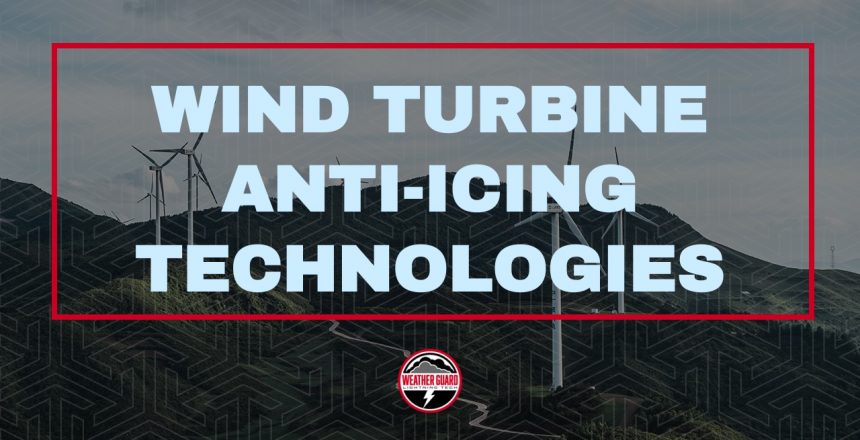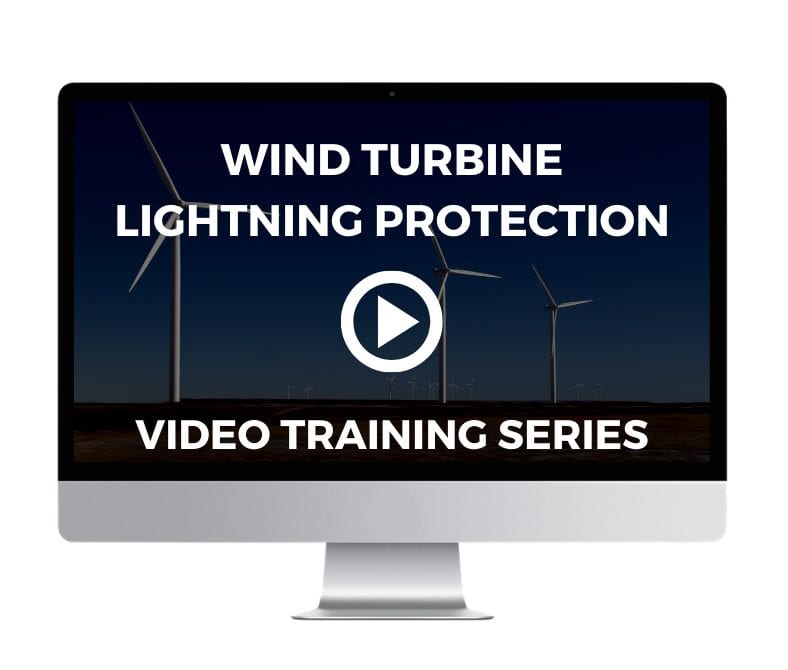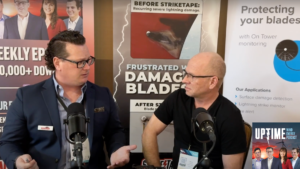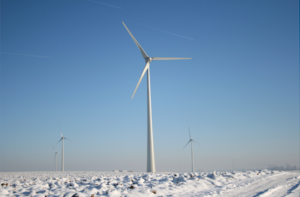Ice accumulation on wind turbine blades is bad news. Even small amounts of ice buildup cause aerodynamic inefficiencies which can cause significant power loss, create blade rotor imbalances, and pose serious safety hazards.
But wind energy has been used reliably in cold (yes, freezing) climates in northern Europe, throughout Japan, and even in the Arctic, because there are proven methods that can minimize ice damage to wind turbines.
Wind Turbine Ice Protection Systems – Understanding the Options
Because Weather Guard’s primary area of expertise is lightning protection, we don’t recommend any specific deicing solutions. However, we think it’s important to share industry developments and provide information on different solutions on the market today.
Keep up with wind technology and other developments by subscribing to the Uptime podcast
Wind Turbine Ice Protection Technologies
Due to the performance (and safety!) issues icing can cause, most turbine and blade operators offer a variety of built-in condition-monitoring systems that can trigger preventative shutdowns, and many retrofit solutions are available that either replace or bolster the OEM systems.
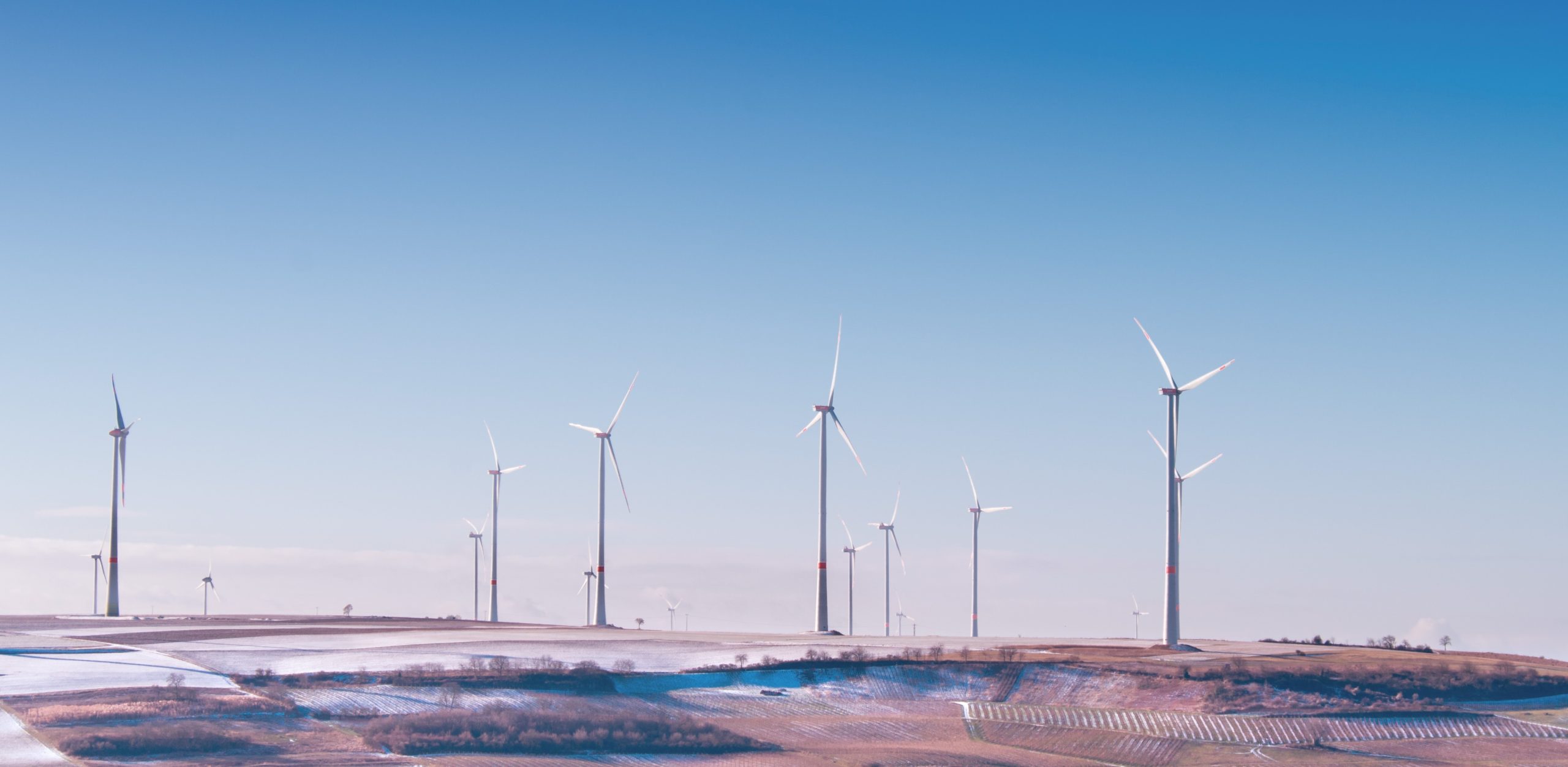
Here, we share some of the options for addressing wind turbine icing risks, including ice detection sensors, blade heating technology, and icephobic (anti-ice) coatings.
Wind Turbine Ice Detection Solutions
Ice detection systems use a combination of temperature, humidity, air flow sensors, anemometers, cameras, and measurements to detect performance changes. Systems may be are either nacelle-based, blade based, or a combination of the two.
Eologix is one company well-known for its ice detection systems.
Company: Eologix
Headquarters: Graz, Austria
Overview:
Eologix offers direct-measurement ice detection sensor systems for ice build-up on the surface of wind turbine blades. The wireless, flexible, energy-self-sufficient sensors are usually installed directly on the blades with self-adhesive protection tape, the same durable type used on leading edges.
Listen as Eologix founder Thomas Schlegl explains how different ice detection technologies work, and how accurate ice measurements are necessary to implement efficient counter measures.
A base station which receives data over a radio link is typically mounted in the nacelle of each turbine, although it can be located in the tower or on the ground. The base station transfers data to the SCADA system or other condition monitoring system.
To learn more about Eologix’s direct ice measurement sensors, watch our podcast episode below with founder Thomas Schelgl:
Ice detection for wind turbine blades continues to be an important solution for cold-weather turbines, so we’ll continue to monitor new tech in this sector over the coming years.
Wind Turbine Blade Heating Solutions
Blade heating is the most common of method ice prevention. Different systems have different components, and it’s often recommended that they be installed at the factory prior to installation, although retrofitting is available. Retrofit installations require original blades to be removed so that heating elements can be fitted and installed indoors.
Two companies in this space are Borealis Wind and Wicetec.
Company: Borealis Wind
Headquarters: Ontario, Canada
Overview
The Borealis de-icing system consists of the blade heating system, which blows warm air down the interior of the blade along the leading edge, a blade control cabinet in each blade, a hub control cabinet and a nacelle control cabinet, integrated with a turbine safety chain. The system collects data from the SCADA system.
Also a startup, Borealis is looking for more early adopters of their technology, but has won some financial grants and awards to continue their development. Learn more about Borealis here.
Company: Wicetec
Headquarters: Helsinki, Finland
Overview:
The Wicetec Ice Prevention System (WIPS) prevents ice formation on wind turbine blades thanks primarily to a carbon fabric blade heating element.
Wicetec offers both new installations, fitting components and installing in factories, and also designs retrofits for existing turbines. Wicetec recommends retrofits for sites with AEP losses > 3%.
Lasse Hietikko of Wicetec recently joined the Uptime podcast to explain the technology the company has used for more than 20 years, and how it works to improve outcomes for its wind industry clients. Listen now or watch the episode below:
Learn more about Wicetec here.
If you are considering a blade heating system, it’s important to note that changing the temperature on a blade’s leading edge can affect wind flow and charge properties.
Any modifications to turbines or blades may affect lightning risks. Got questions? Schedule a consultation.
Wind Turbine Anti-Ice Coatings
Borrowing from aerospace technology, anti-ice coatings applications are developing rapidly in the wind industry. Since wind turbine de-icing solutions and ice protection became a hot news topic earlier this year, when snow and ice stopped thousands of turbines in Texas, the Texas-Elemental Coatings has seen a lot of interest in its anti-ice coatings.
While the coatings are not entirely anti-icing, they make ice much easier to remove, allowing it to “shed” more quickly and in regular intervals, which leads to less overall ice buildup. Importantly, that buys time for operations crews to determine if and when shutdowns may be necessary, and it also results in less harmful ice throws since it will shed off the blade before significant ice accumulates.
Company: Elemental Coatings
Headquarters: Texas, USA
Overview:
With extensive expertise in aerospace anti-icing coatings, Elemental Coatings is now working to help protect wind turbine blades from ice buildup. Brian Huskinson, CEO of Elemental Coatings, joined us on our podcast to explain their technology and what they believe they can do to help the wind industry. Watch below:
The coatings, which can be applied on top of existing surfaces, use a concept known as “stress localization” to work. Whenever solids like ice or scale deposits build up on a surface, the coating induces stress at the microscopic scale, causing it to crack and fall away.
Elemental Coatings is a startup currently is looking for test site opportunities. The company anticipates that their coatings will be in use on wind turbines within the next year. Learn more about them here.
For More on Coating Research & Technology
The American Chemical Society reviewed a wide range of factors that must be considered in developing any coating on an airplane wing or a wind turbine – including mechanical robustness, effectiveness at various temperatures, and shear strength of ice adhesion. See the 2014 ACS paper to learn more.
Dangers from Above: Retrofits Focus on Protecting Wind Turbines and Producing More Power
Protecting wind turbines from all forms of potential damage is what keeps wind farm operators up at night. And at the risk of inspiring another sleepless night, we think it’s worth noting that lightning damage to wind turbines occurs far more frequently and regularly than winter storms occur in Texas.
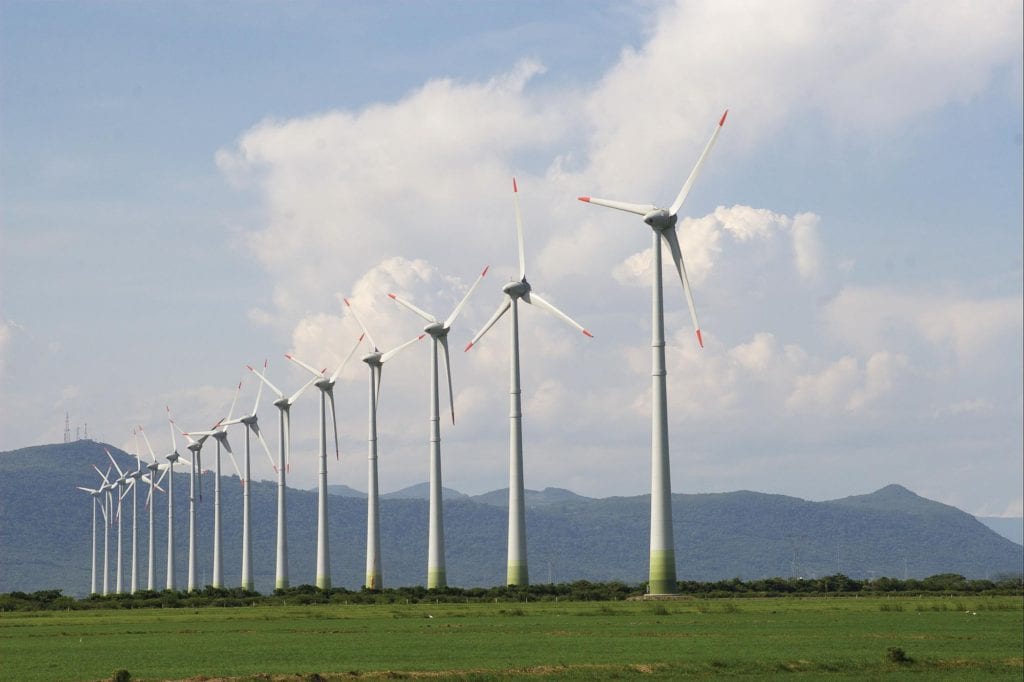
When headlines about the wind power industry recently focused on unusual winter storm activity in Texas, it brought a lot of attention to some of the problems wind turbine owners face and how sudden stoppages can affect a huge number of people who rely on wind power.
It also highlighted how many experienced individuals are working in this field to improve the whole industry. We’ve been fortunate to work with many of those folks for more than 20 years, and quite a few of them have joined our podcast to discuss new methods and technology to increase wind operation production and efficiency. Hear what they have to say here.
Keep Pace with Wind Energy Technology & Current Events
Interested in the latest wind energy technology? Listen to the Uptime podcast to stay in the loop. Subscribe and listen below.
And, be sure to contact us if you need retrofit wind turbine lightning protection. Weather Guard’s StrikeTape wind turbine LPS provides years of durable protection that upgrades the blade’s existing receptor and down conductor system.

